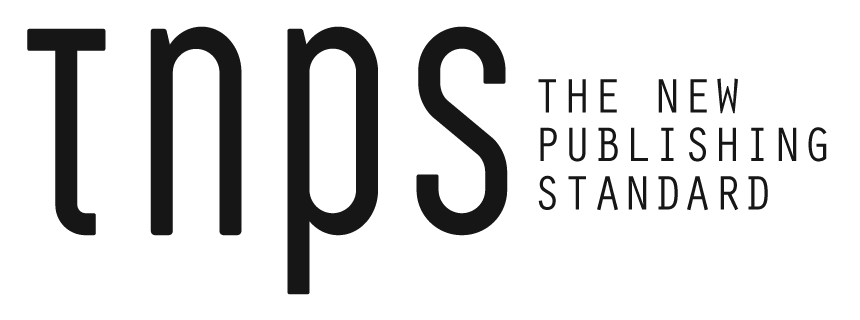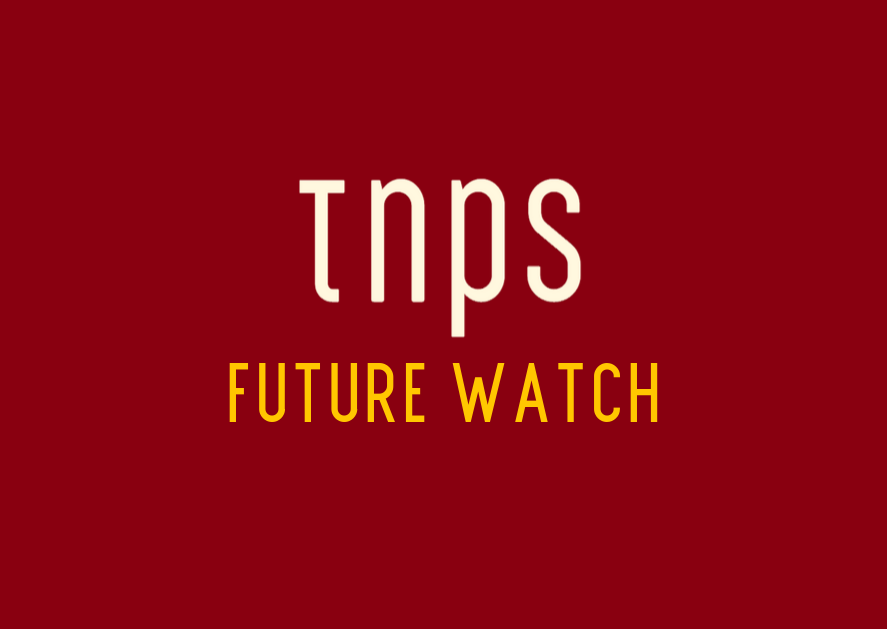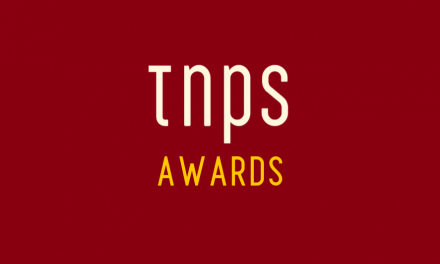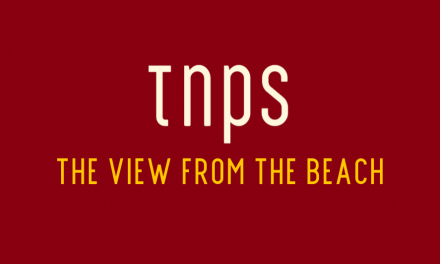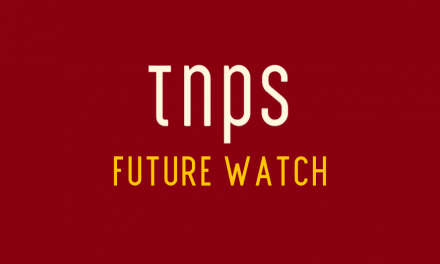Text-to-video is the new cinema frontier, and we’ve been here so many times. If it’s new and shiny, it’s bad, bad, bad, and must be resisted at all costs. Until we can’t live without it.
OpenAI recently showcased its text-to-video tool, Sora, at a Hollywood event, screening 11 AI-generated short films. These films, spanning themes from medieval landscapes to satirical commentaries on modern life, demonstrated Sora’s ability to transform text prompts into visually rich narratives.
As reported by the LA Times, indie filmmakers praised the tool for enabling low-budget experimentation, while industry figures expressed cautious optimism.
Full Disclosure
First off, full disclosure: I’m jealous as hell. Like most fiction writers I dreamed of making films, and even dabbled in TV and film scripting (token success in the former, way back in nineteen bow-and-arrow, zero success in the latter). For some reason Spielberg and the gang didn’t come knocking and my dream of seeing my text transformed into what we now call video remained a dream.
But not for everybody. And for those young enough and energetic enough to be pursuing new careers, countless new possibilities are opening up as text-to-video follows the trajectory of other AI developments and just keeps getting better and better.
I’m out of touch with world cinema this past fifteen years – one of the few things I miss from my former western life is multiplex cinemas – but in the olden days when everyone had more time than they needed and we could have conversations face to face, play board-games and go for country walks knowing any phone calls would be on the answering machine when we got back, I loved delving into the history of cinema, which helped form this post, as we’ll come to below.
But first, lets return to that LA Times post which set off this particular op-ed.
Key Highlights from the LA Times reportage
- Creative Freedom: Filmmakers like Ryan Turner used Sora to bring niche ideas to life (I’m desperate to see “Wi-Fi Kingdom”, a mockumentary on smartphone addiction!).
- Global Reach: Sora’s top users are in Seoul, Paris, Tokyo, and Madrid, with New York ranking fifth. (Soooo important to grasp! The US is being left behind, and needs to keep up!)
- Controversies: Over 400 Hollywood creatives, including Ben Stiller, have called for stricter copyright enforcement against AI training on protected works. Studios remain hesitant, ostensibly navigating legal and ethical grey areas, but likely more worried about another strike.
But the bottom line is, text-to-video is the new cinema frontier, and we’ve been here so many times. If it’s new and shiny, it’s bad, bad, bad, and must be resisted at all costs. Until we can’t live without it.
Key Moments in Cinema History: Technological Resistance and Evolution
1. Sound in Films (1920s–1930s)
- Resistance: Silent film stars (inc. Charlie Chaplin) and musicians feared obsolescence. Critics argued sound would ruin cinematic artistry.
- Breakthrough: The Jazz Singer (1927) became a smash hit, proving audiences craved dialogue and music.
- Outcome: Studios embraced “talkies,” rendering silent films obsolete. New roles (sound engineers, voice coaches) emerged. More demand for films. More jobs in the film industry. No-one shed any tears about lost jobs in silent film production.
2. Colour Film (1930s–1950s)
- Resistance: Directors like Alfred Hitchcock dismissed Technicolor as a gimmick. Costs and technical complexity deterred adoption.
- Breakthrough: The Wizard of Oz (1939) and Gone with the Wind (1939) showcased colour’s emotional power.
- Outcome: By the 1960s, colour became standard. Black-and-white films became niche. More demand for films. More jobs in the film industry. No-one shed any tears about lost jobs in b&w film production.
3. CGI and Digital Effects (1990s)
- Resistance: Traditional animators and practical effects artists (like Stan Winston) feared job losses. Critics called early CGI “unrealistic.”
- Breakthrough: Jurassic Park (1993) and Toy Story (1995) proved CGI’s storytelling potential.
- Outcome: CGI dominated blockbusters, creating new roles (VFX artists, motion-capture technicians). More demand for films. More jobs in the film industry. No-one shed any tears about lost jobs in plasticine model film production.
4. Digital Cameras (2000s)
- Resistance: Cinematographers (like Roger Deakins) initially dismissed digital as inferior to 35mm film.
- Breakthrough: Star Wars: Episode II (2002) and Slumdog Millionaire (2008) demonstrated digital’s versatility.
- Outcome: Digital filmmaking became mainstream, reducing costs and democratising access.
5. Streaming (2010s–Present)
- Resistance: Theatrical chains boycotted Netflix, fearing lost revenue. Directors (like Steven Spielberg) argued streaming devalued cinema.
- Breakthrough: Roma (2018) and the COVID-19 pandemic accelerated streaming adoption.
- Outcome: Hybrid releases (theatrical + streaming) became normalised, expanding global audiences.
Sora’s Impact Now and In The Future
By most accounts the Sora presentation was well received. No. it may not have produced any Oscar winners, yet, but this is 2.30 AM on Day One of this technology, and asserting Spielberg could have done better is to fall into the same trap as we tend do do with AI in other areas of the arts.
The perfection or dismissal approach may make us feel better, but ignores the simple reality that these technologies just keeps getting better and better, and those that don’t adapt and engage risk being left behind.
Yes, there will always be niche opportunities for masters of their crafts – just ask the thatchers and blacksmiths and dry stone-wall masons. But for everyone else, we need to move with the times.
Because the money will follow the demand, and demand follows innovation.
Why Resistance Fails: Profit Trumps Tradition
- Audience Demand: Innovations attract larger crowds (as above, sound, colour).
- Cost Efficiency: Digital tools reduce production expenses.
- Creative Potential: New tech unlocks storytelling possibilities (CGI dinosaurs, immersive streaming).
Cinema’s history is a cycle of resistance, adaptation, and profit-driven evolution. As with AI today, industries have survived and will survive by embracing change, not clinging to the past.
Implications for the Book Publishing Industry
While Sora’s focus is visual, its ripple effects extend to publishing. Here’s how AI could reshape the sector (NB Many of these are already underway at some level, and some quite advanced):
A) AI-Driven Content Creation
- Cover Design & Illustrations: Tools like Sora could inspire AI platforms that generate bespoke book covers or chapter illustrations from text prompts, slashing costs for indie authors and mainstream publishers alike.
- Drafting Assistance: AI might aid in drafting descriptive passages or dialogue, though human oversight remains critical for nuance, at least for now.
B) Personalisation and Marketing
- Tailored Recommendations: AI could analyse reader preferences to suggest titles or even customise story elements (alternate endings for digital editions).
- Dynamic Marketing: Generate social media trailers or interactive ads using AI, enhancing engagement with minimal resource investment.
C) New Formats and Innovations
- Multimedia Books: Integrate AI-generated audio/visual elements into e-books (for example animated scenes for children’s literature).
- Interactive Narratives: Readers could influence plot directions via AI-driven “choose-your-own-adventure” tools.
D) Copyright and Ethical Considerations
- Training Data: Current legal debates (e.g., AI’s “fair use” of copyrighted material) mirror publishing’s concerns. Clear guidelines are needed to protect authors’ IP, but ultimately that will come either from Court rulings of, as seems increasingly likely in the US, a presidential directive.
- Attribution Models: Publishers might adopt blockchain or watermarking to credit AI-assisted content transparently.
E) Workforce Evolution
- Emerging Roles: AI trainers, hybrid editors (blending human and AI inputs), and ethics compliance officers.
- Upskilling: Training programmes to help illustrators, translators, marketers, editors and, yes, writers, to integrate AI tools into workflows.
Navigating the Future: Adaptation Over Resistance
The film industry’s cautious embrace of Sora offers a blueprint for publishing (again already happening at some level):
- Collaborative Pilot Programmes: Partner with AI firms to test tools in controlled environments (look at what Legible is doing with public-domain classics).
- Ethical Frameworks: Advocate for industry-wide standards on AI use. Admittedly not easy when different parts of the world are moving in different directions).
- Hybrid Models: Combine AI efficiency with human creativity. That’s the biggie, of course.
Balancing Innovation with Responsibility
AI’s role in creative industries is inevitable, but its integration must be deliberate. For publishing, this means:
- Proactive Engagement: Explore AI’s potential without compromising artistic integrity.
- Legal Advocacy: Push for reforms that protect creators while fostering innovation.
- Cultural Shift: Frame AI as a collaborator, not a competitor, to unlock new storytelling frontiers.
Kneejerk resistance risks irrelevance. The publishing industry’s challenge – and opportunity – lies in cautious engagement. In harnessing AI’s potential while safeguarding the human creativity that defines it. The future belongs to those who adapt thoughtfully, blending tradition with transformation.
This post first appeared in the TNPS LinkedIn newsletter.
